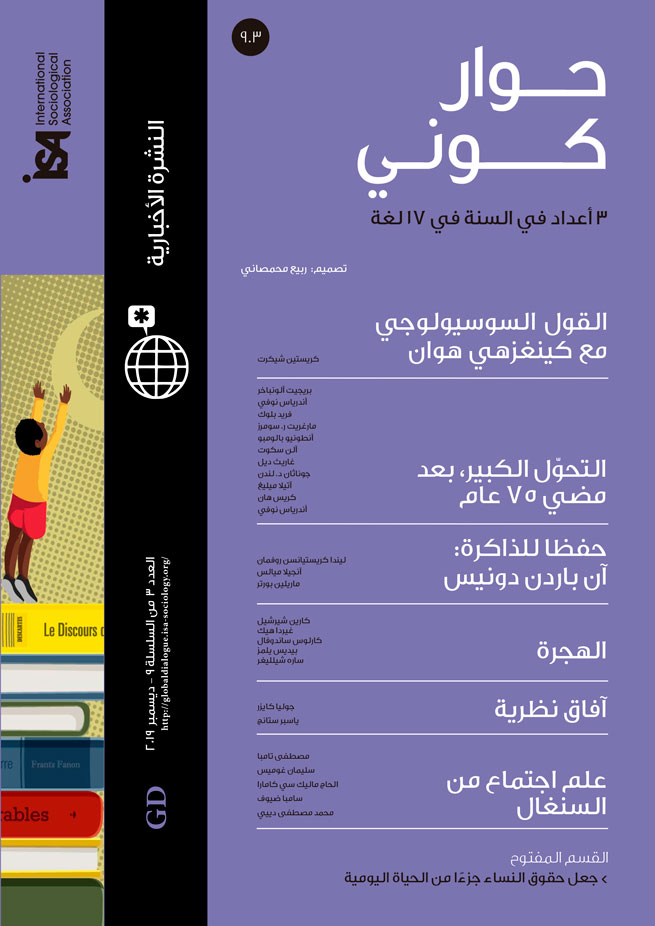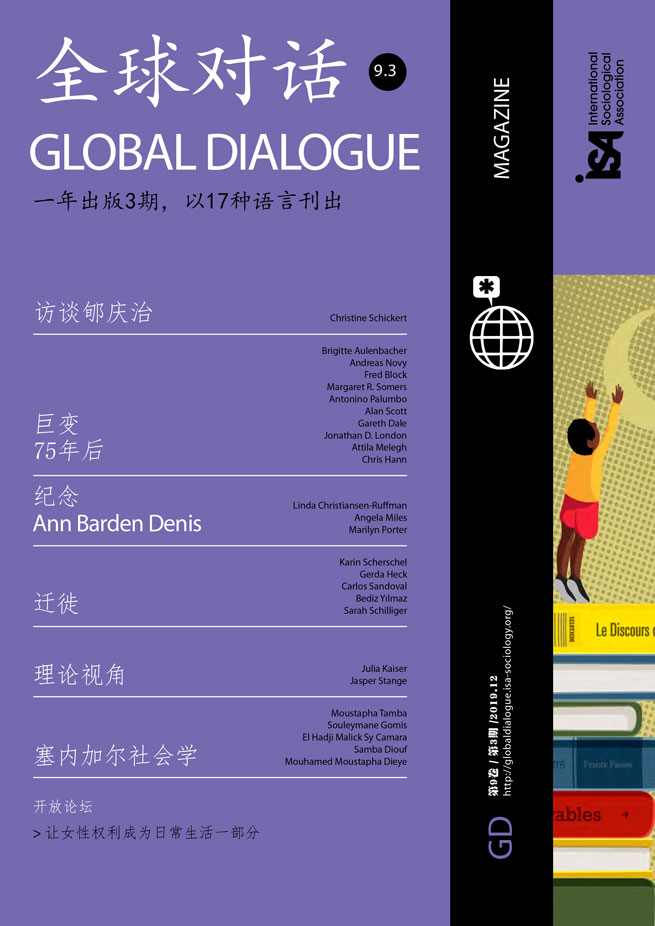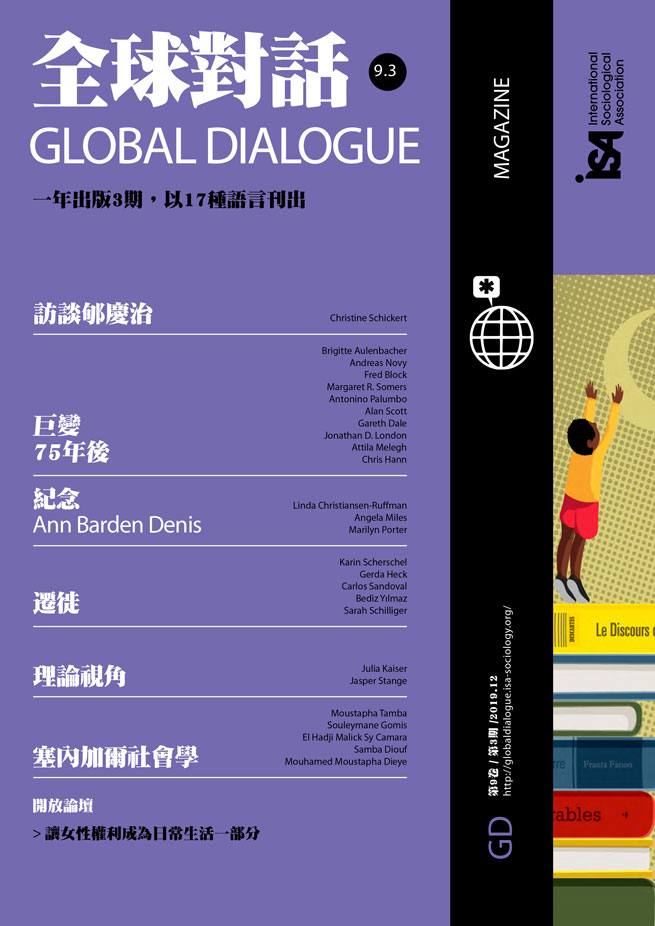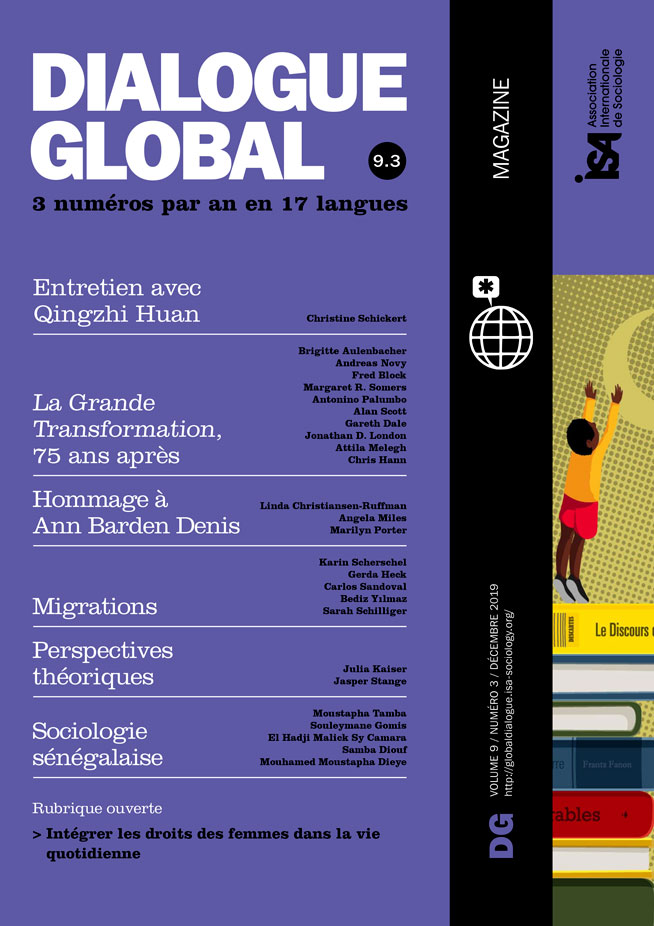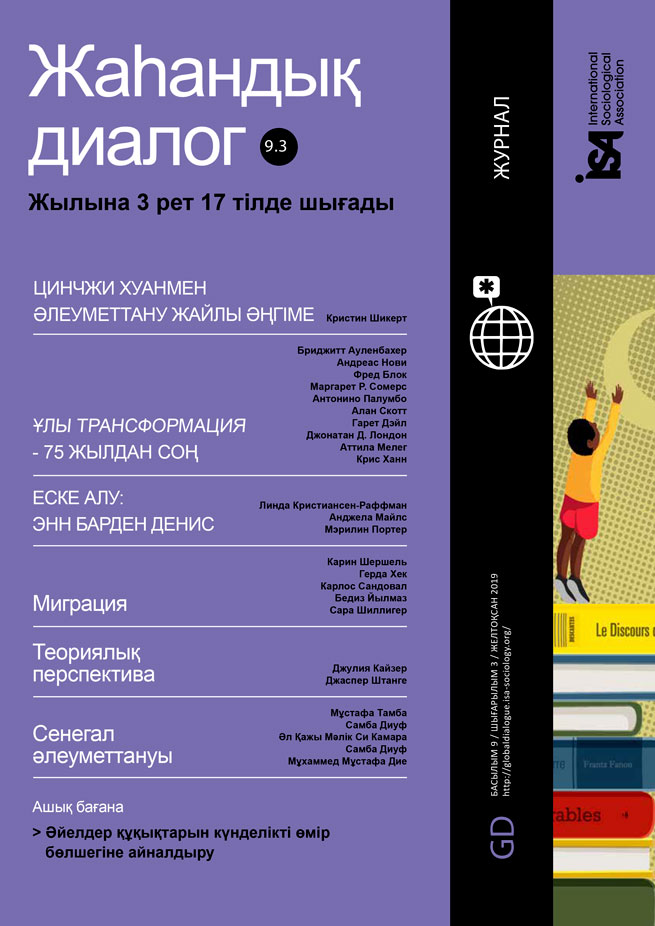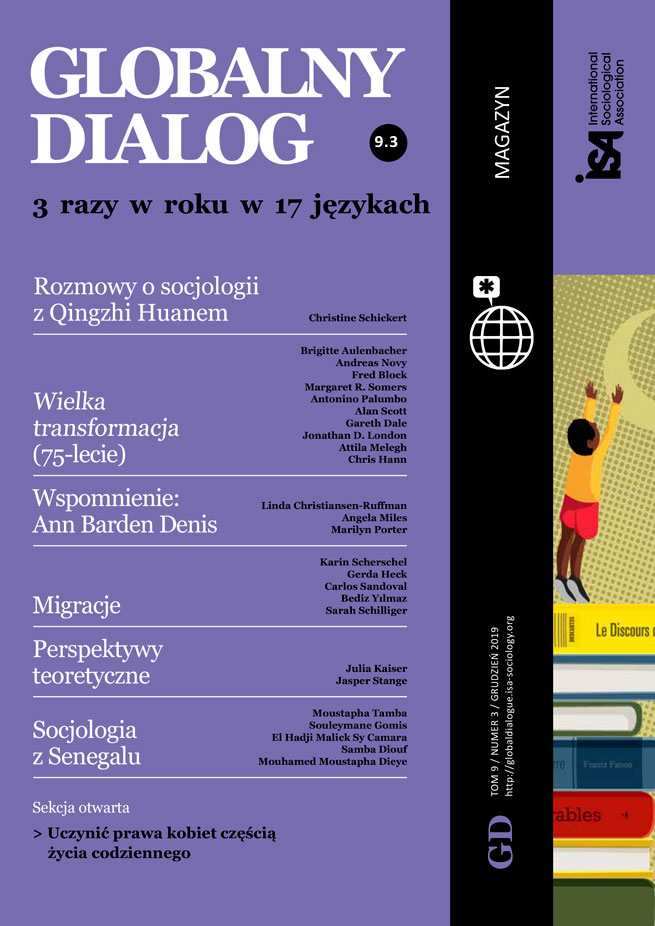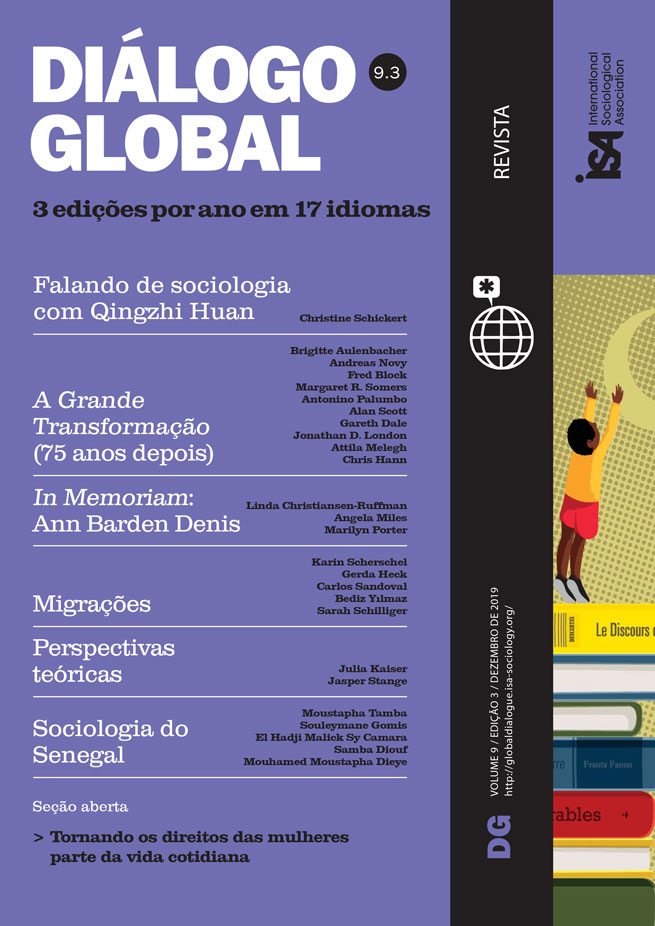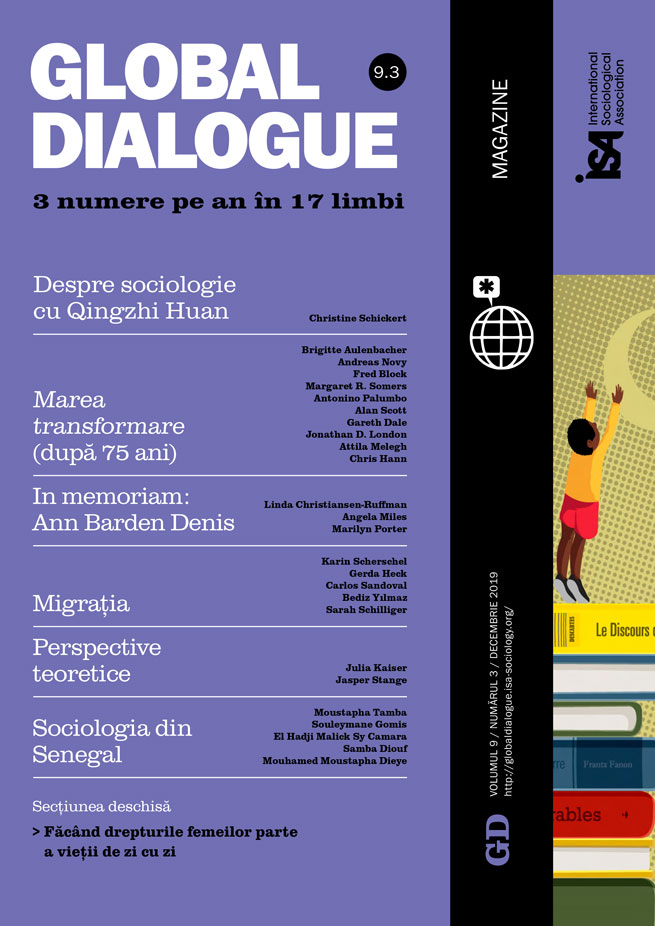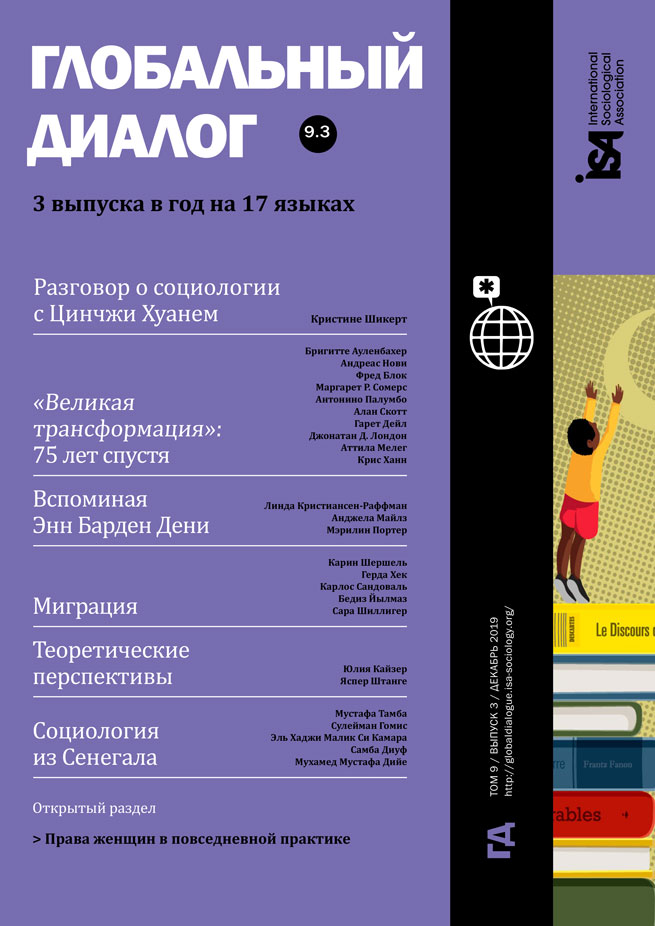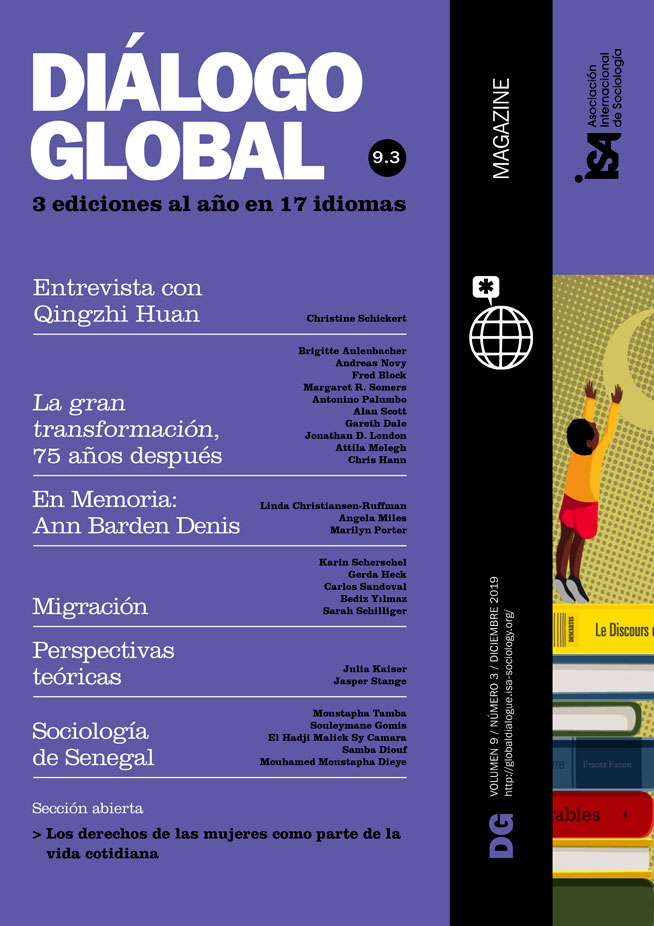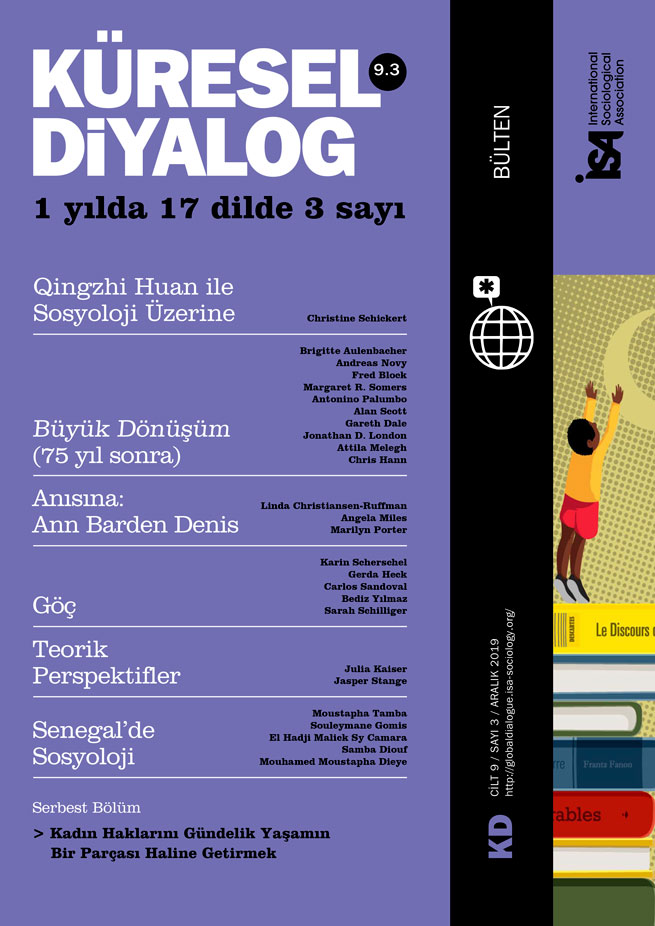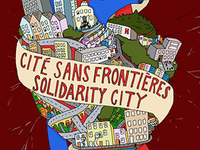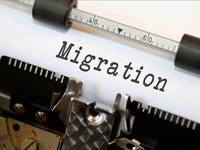The Central American Caravan: A 21st-Century Exodus

October 25, 2019
Since October 2018, great international attention has been paid to the collective flight of Central Americans from their home countries, especially from Honduras and El Salvador. This so-called “caravan” of migrants moved first through Guatemala and then Mexico and many were, in June 2019, waiting hopefully in Tijuana, on the US/Mexico border.
Caravan or exodus?
A first element of this situation that may be worth discussing is the very notion of a “caravan.” At least in common usage in Spanish, and possibly in other languages, the word “caravan” is not necessarily associated with a dangerous or risky forced departure. “Exodus” is a concept with a long history, associated especially with biblical texts, which could apply in the Central American case because it points to the forced nature of the migration. Today in Central America, one doesn’t choose to migrate – it’s obligatory. A second point to consider is to what extent we are actually confronting an increase in Honduran migration. US Census data allows us to put this phenomenon in perspective. If we compare Central Americans counted in the Census of 2000 and 2010, it can be seen that it increased 136% in 10 years. The Honduran migrant population increased by 191%; the Guatemalan, 180%; and the Salvadoran, 151%. What is new is not the number of those who are forced to migrate, but the decision to leave collectively their country.
What explains the collective migration from Hondurans
What is new is not the numbers of people who are migrating, but that it is a collective migration. These collective movements could be motivated as much by temporary factors as by structural ones. The increase in the cost of electricity, natural gas, and gasoline, as well as of various food products is among the factors triggering migration.
Leaving in a group at least diminishes the danger of kidnapping and extortion. People from countries in Central America, except for Costa Rica, need a visa to enter Mexico. This forces migrants to enter and pass through unofficial border crossings, leaving them vulnerable to mistreatment by organized crime as well as by the Mexican police authorities themselves. In the context of the rise of social media, many people are able to make contacts, and if they are going to start their journey on the night bus, it makes more sense to do it together.
The lack of dignified employment is decisive among the motivating factors that could be said to be more structural. The poverty rate among the population as a whole is calculated to be 64.3%, and this creates violent structural conditions that are very difficult to deal with, especially for young people who are the silent majority of those that abandon the country every night.
In political terms, without a doubt the Honduran coup d’état left the social fabric even more fragile. June 2019 will be the tenth anniversary of the coup, and in November 2017, Juan Orlando Hernández was re-elected in a contest full of protest, doubt, and claims of electoral fraud. Hernández managed to make changes to the constitution allowing his re-election; ironically, opposition to re-election was one of the motivating factors in the 2009 coup.
A third combination of factors is social. There is an enormous amount of criminal violence in Honduras. In 2016, San Pedro Sula was the most violent city in the world after Caracas, with a homicide rate of 111 per 100,000 inhabitants.
Routes and reception
The majority of those who joined in the march north took the very longest routes to the US-Mexico border. This decision made the journey even more exhausting and was probably motivated by the desire to avoid the route along the Gulf of Mexico where there is an obvious presence of organized crime, and thus of extortion and death. There is a distance of 2,700 kilometers between San Pedro Sula, Honduras and Tamaulipas, Mexico (on the Gulf coast). Yet most of the migrants chose to travel to Tijuana, on the Pacific side of Mexico – a distance of some 4,348 kilometers.
Currently, the immigration authorities require that people arriving at the border as part of the so-called “caravan” register their names on a list controlled by Mexican authorities. This list allows the migrants to apply for asylum in the US.
The US government approves barely 10% of the applications for asylum that it receives, and the UN High Commission for Refugees (UNHCR) does not seem to be exercising any leadership role in this situation. The US provides 40% of the budget for UNHCR and is its largest financial backer.
To continue
In closing, three particularly important considerations must be mentioned. The first is that on November 6, 2018, midterm elections were held in the US, and in the four states bordering Mexico, eight of nine congressional districts voted to elect Democratic representatives. Encouraging hatred of immigrants did not create a great electoral wave for Donald Trump, and this sows hope as to the possibility that anti-immigrant hatred can be politically defeated.
Secondly, on the first of December 2018, Andrés Manuel López Obrador was inaugurated as the President of Mexico. He will without a doubt have among his multiple challenges – all very difficult and complex – the question of Central American migration. During the recent summit on migration held in Marrakech, Morocco, the Mexican government proposed offering employment to the estimated 200,000 Central Americans who pass through Mexico each year. However, in June 2019, López Obrador agreed to reinforce immigration controls as a way of dissuading Trump from proceeding with his plans for taxing Mexican exports to the US.
Finally, and not least importantly, beyond Trump’s reelection and the start of a new presidential and legislative term in Mexico, the great challenge is to guarantee in Central America the right not to have to migrate. The goal in the medium and long term is to imagine a way out of the huge unfairness and inequality experienced in the region. This is a big hurdle to overcome, and one that, unfortunately, the ruling classes do not seem disposed to address today. How to improve a situation characterized by such unfairness and inequality will, without a doubt, be a test for progressive thought and action in Central America.
Two Honduran women interviewed by the BBC as they walked toward Mexico in October 2018 summed up very well this unfairness and inequality. One of the women declared, “It doesn’t concern me if the President of the United States doesn’t help Honduras because I don’t get any help from him.” The other, for her part, concluded, “We aren’t afraid of Trump’s threats; we are coming, fleeing our country because we are so afraid of our own country.”
(Note: This is an edited version on an article originally published in Spanish on the webpage http://www.madrimasd.org/. Thanks to Meg Mitchell for translating it from Spanish to English. Thanks are also due to Torri Lonergan.)
Carlos Sandoval, University of Costa Rica, Costa Rica <carlos.sandoval@ucr.ac.cr>

